



Author:pine tree pubData:2021/5/23 8:43:42
Evergreen plants are usually easy to spot, and conifers (trees with cones) are even more recognizable, especially in winter! However, to further distinguish coniferous trees, here are some tips to differentiate between pine and spruce trees.
Coniferous trees can be identified by their leaves, which are not leaves in the traditional sense but needles! Here's an easy mnemonic: on pine trees, the needles grow in clusters attached to the branches; on spruce trees, the needles are individually connected.
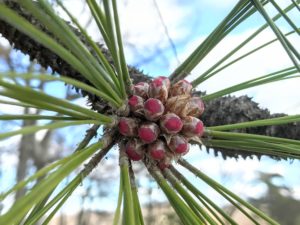
Longleaf Pine Trees
You can identify it as a pine tree because its needles grow in bundles.
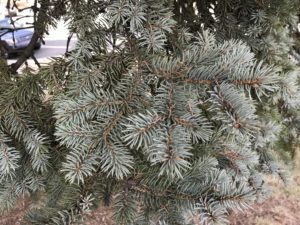
You can tell this is a spruce tree because its needles are attached individually.
We don’t want to say you’ve been fooled your whole life, but… the cones produced by trees aren’t always called pinecones. Not all coniferous trees that produce cones are pine trees. These cones are made up of scales attached to a central axis, which can help you differentiate between pinecones and spruce cones.
The scales of pinecones are essentially woody and have a hard texture. In contrast, the scales of spruce cones are finer, giving them a more flexible feel. However, be aware that the length of the cones can vary by species, so length is not a reliable method for identifying the type of coniferous tree you’re dealing with.
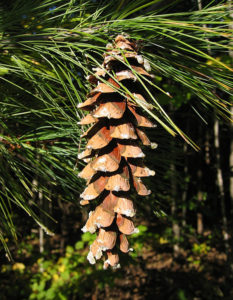
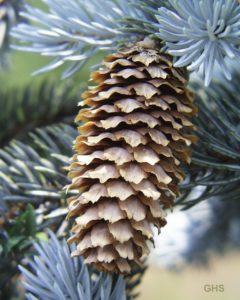
Mature spruce prickly "Blue Spruce" cone.
Photo courtesy of the U.S. Fish and Wildlife Service.
Whether it's a pine or a spruce, we bet it would look great and thrive in your yard. Evergreen trees provide shade, privacy, and year-round interest.
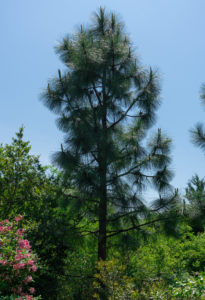
Torch Pine
Torch pine is a fast-growing evergreen known for its straight trunk, upright form, and unique bark. Its narrow shape allows it to fit into various yard spaces, and over time, its striking green needle crown expands, providing shade below. Torch pine requires ample sunlight and can reach heights of 40 feet within 30 to 40 years. You can also plant one yourself through our tree discount program, with a potential rebate of up to $50.
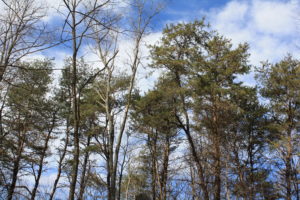
Virginia Pine
Often used as a bonsai specimen, Virginia pine is a unique and attractive tree with a twisted trunk and reddish-orange bark. It thrives in poor, dry soils. Virginia pine requires ample sunlight and can reach a height of 20 to 30 feet in about 40 years. You can obtain this tree through our residential planting program, RiverSmart Homes. Additionally, you can plant one yourself through our tree discount program, with a potential rebate of up to $50.